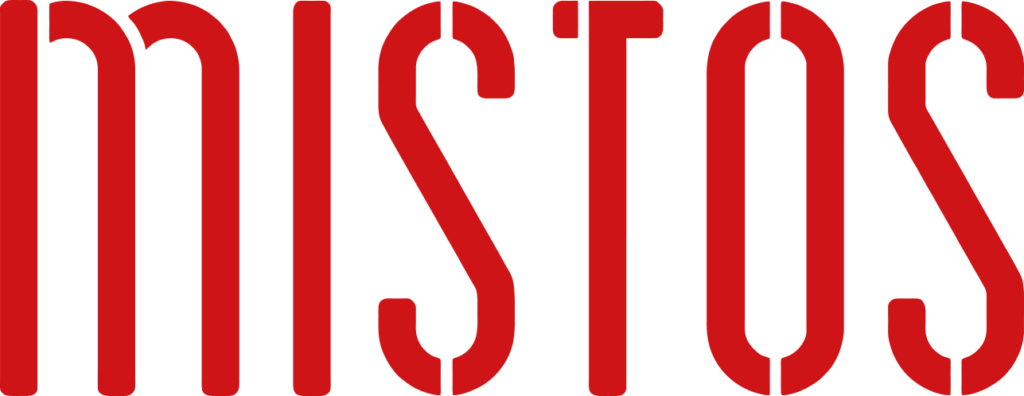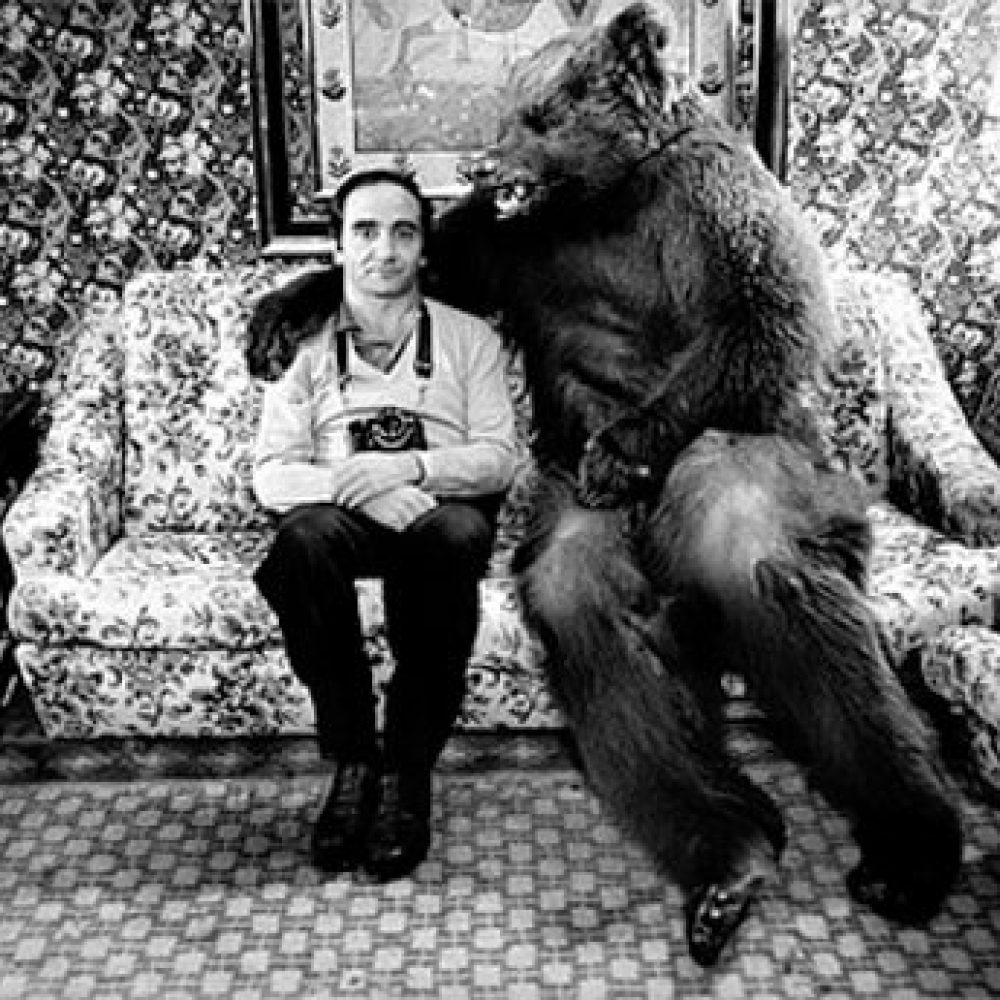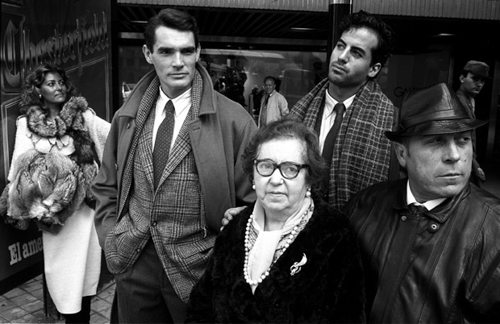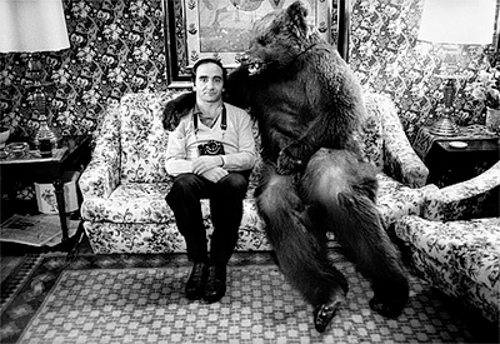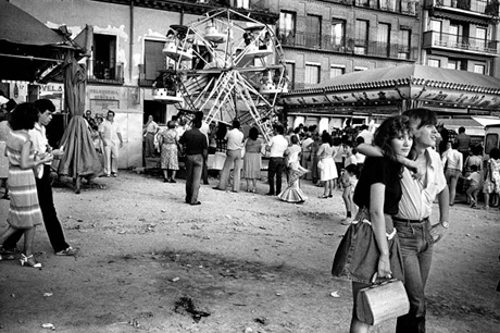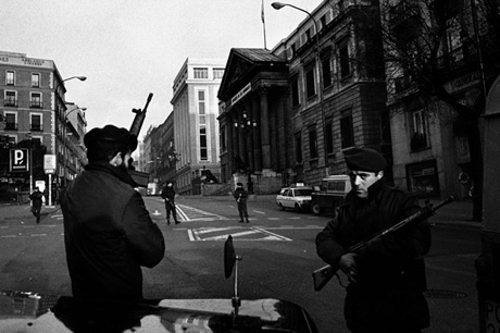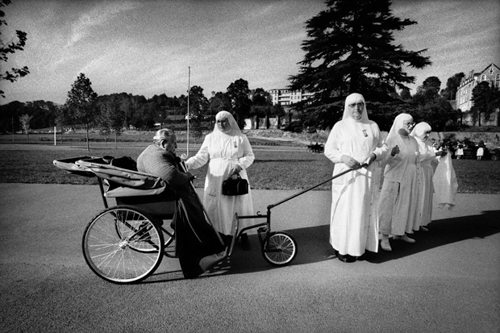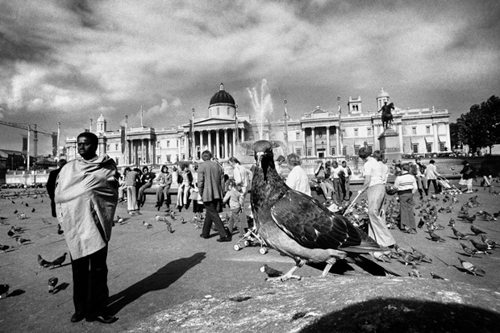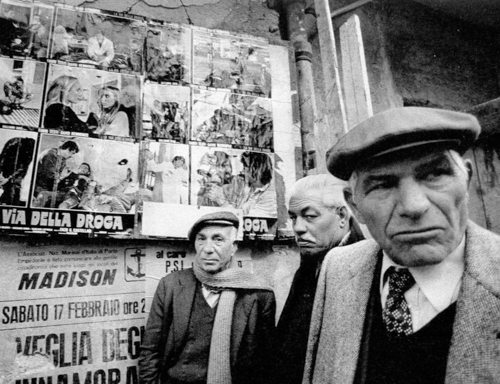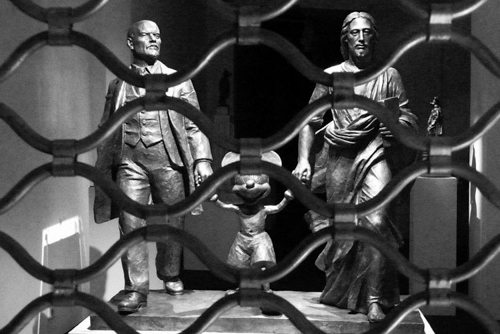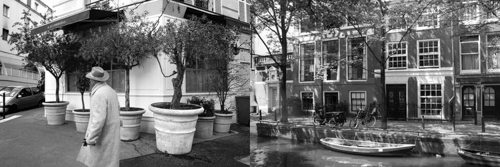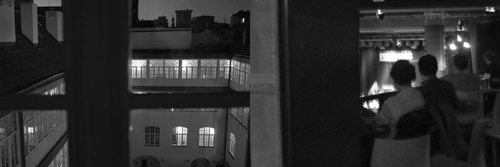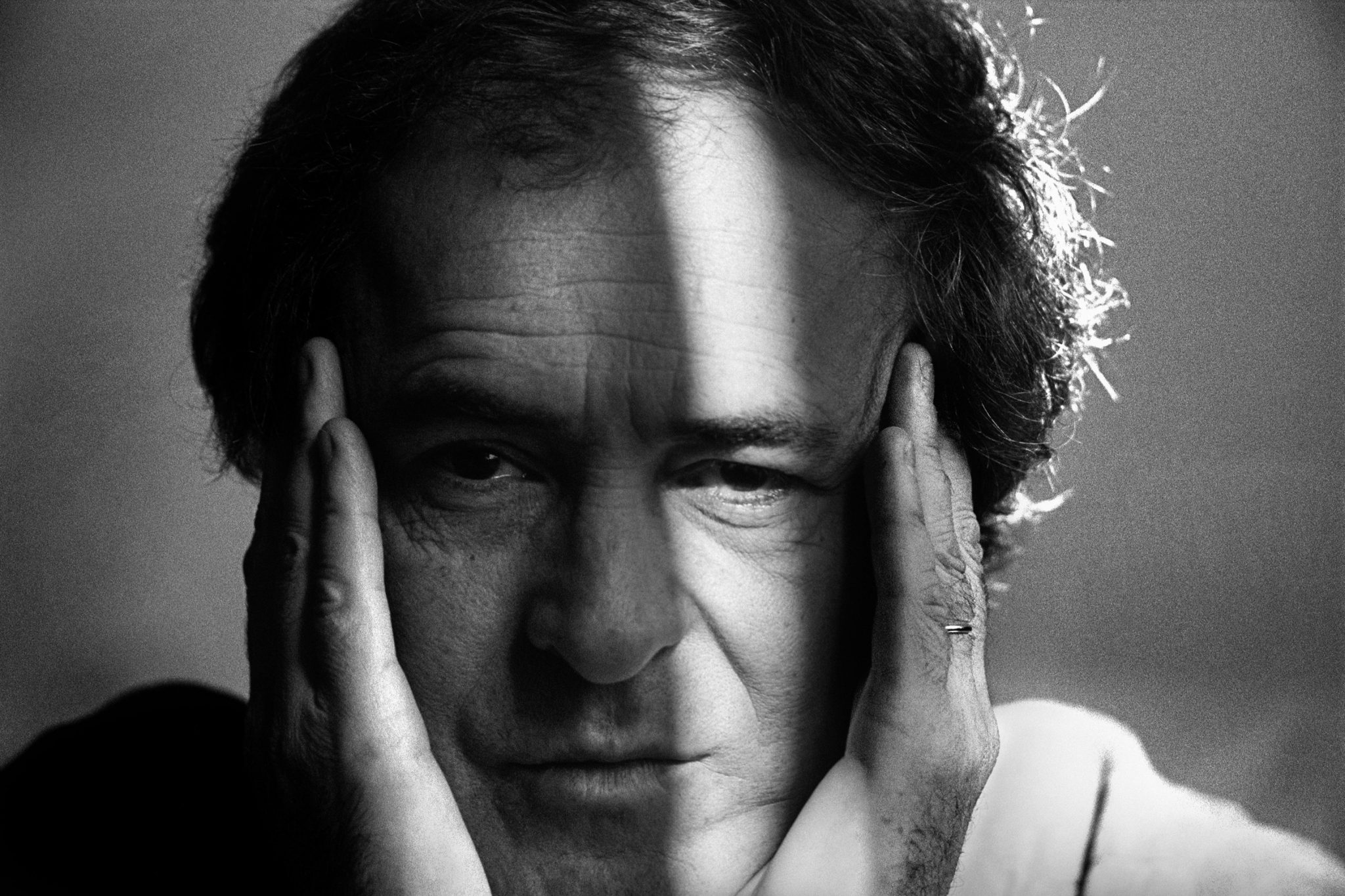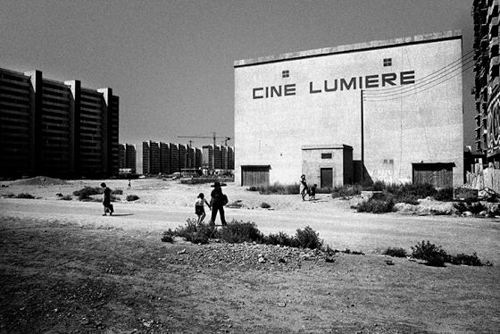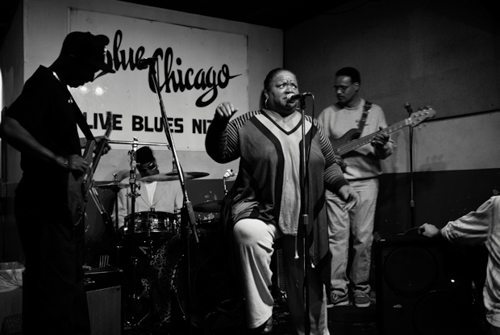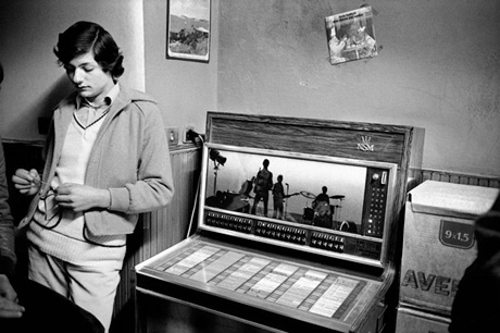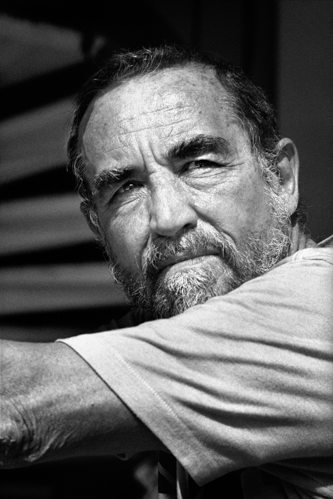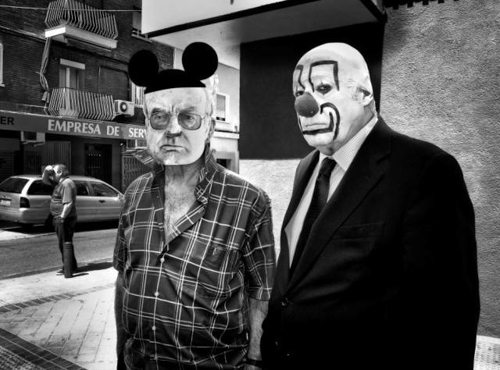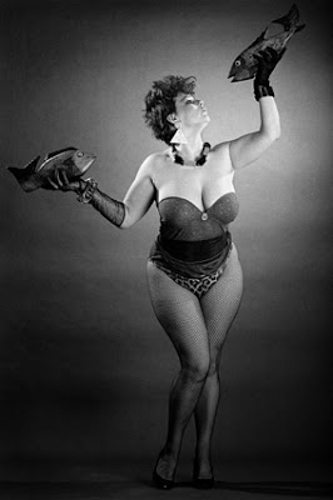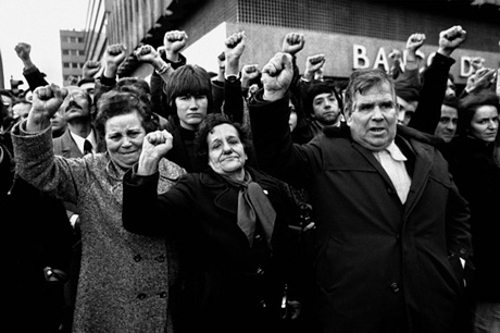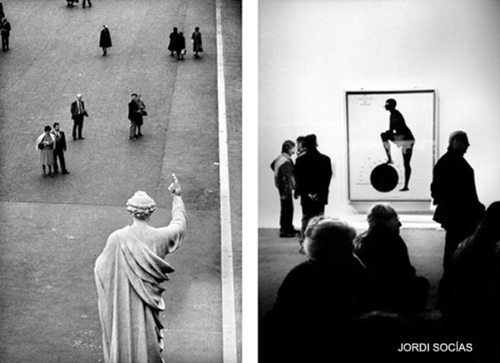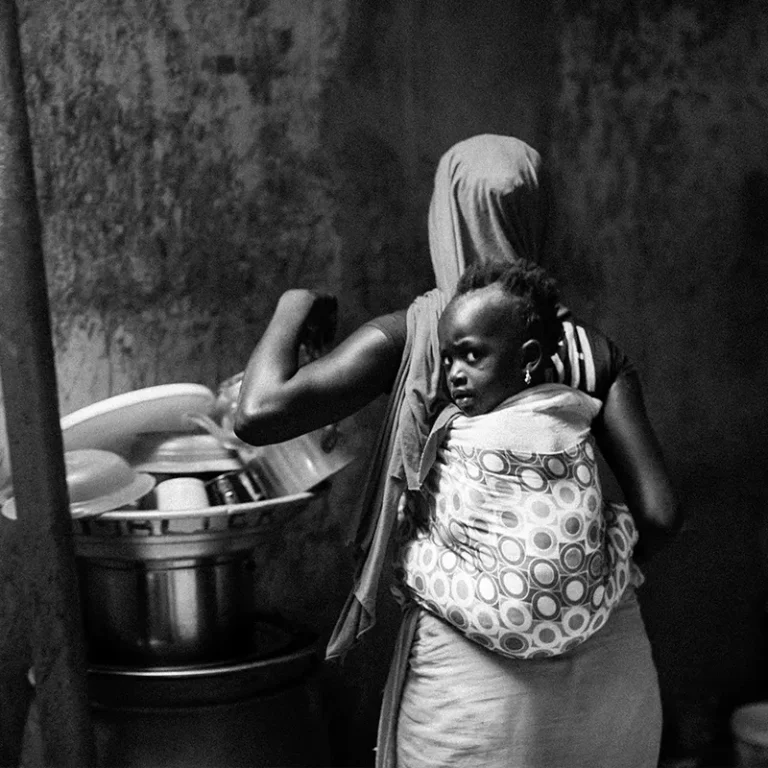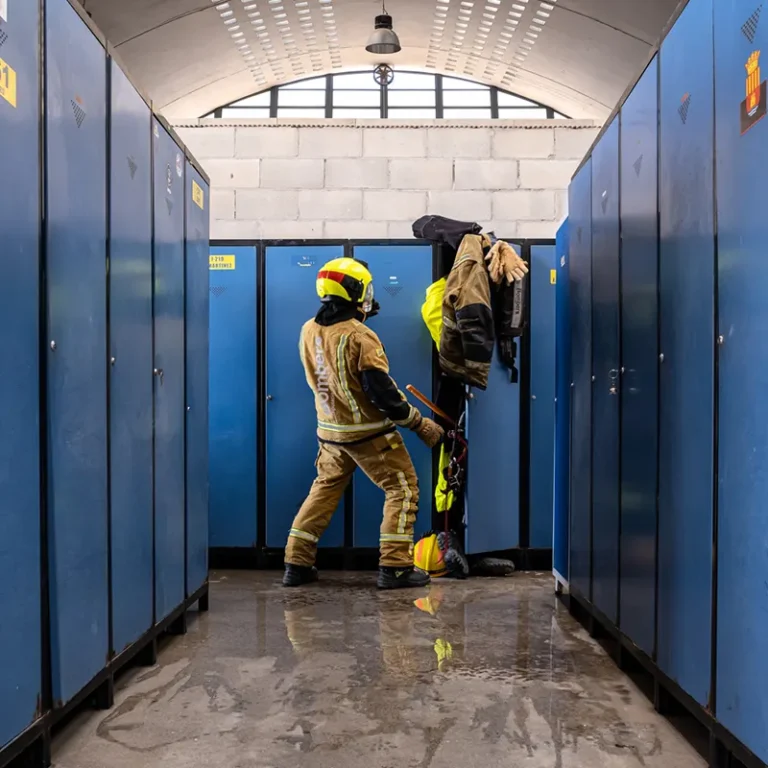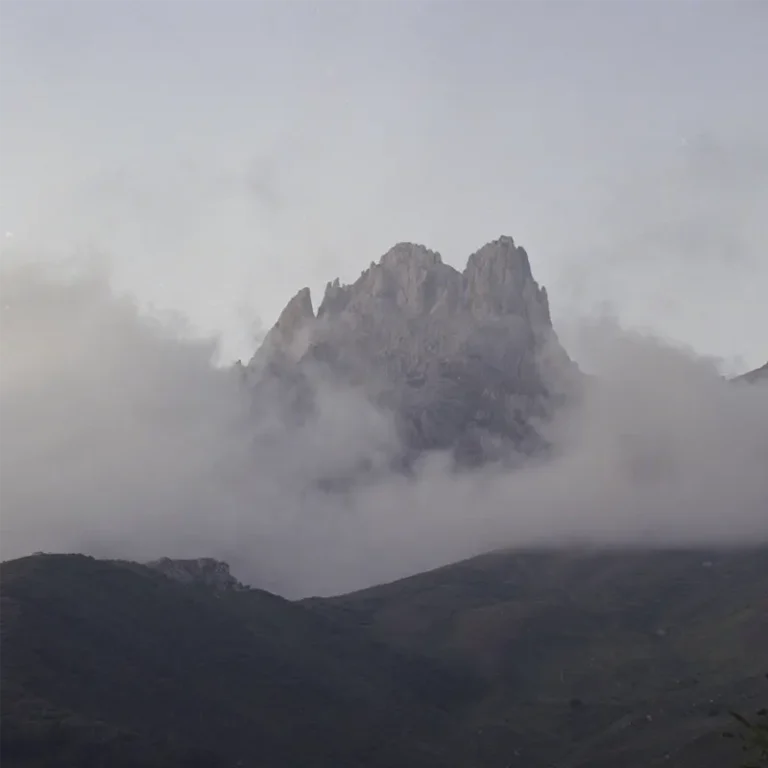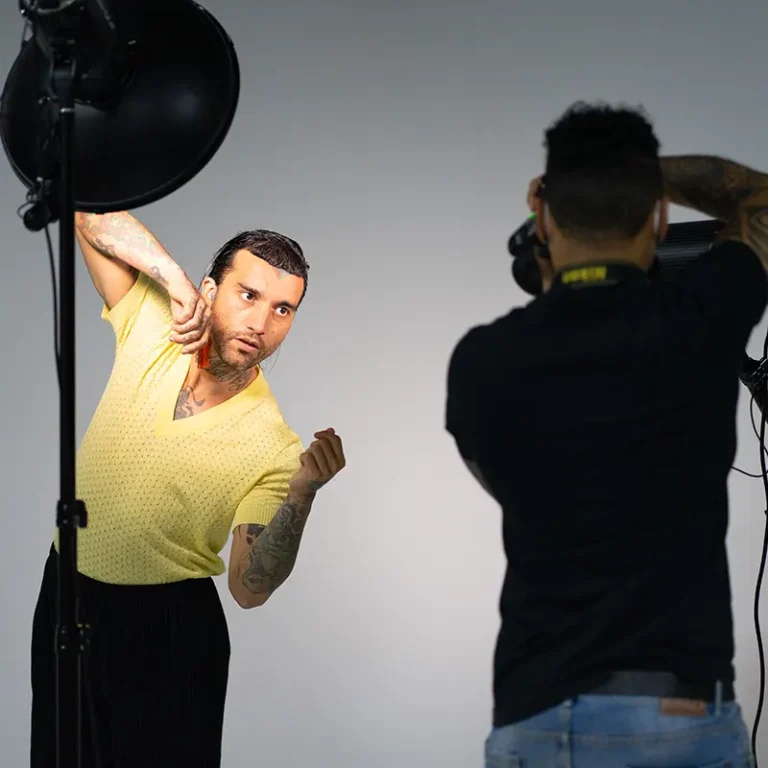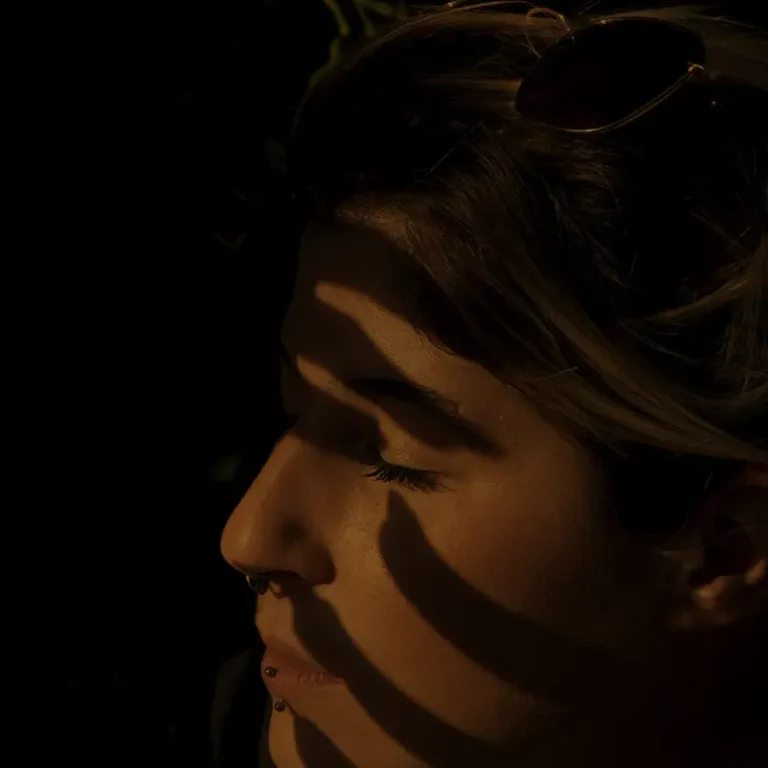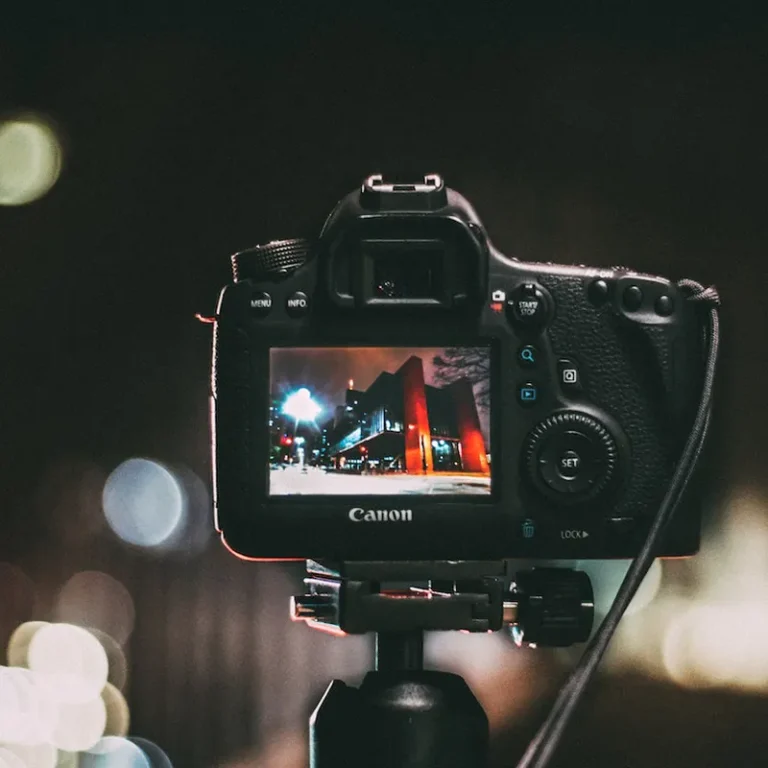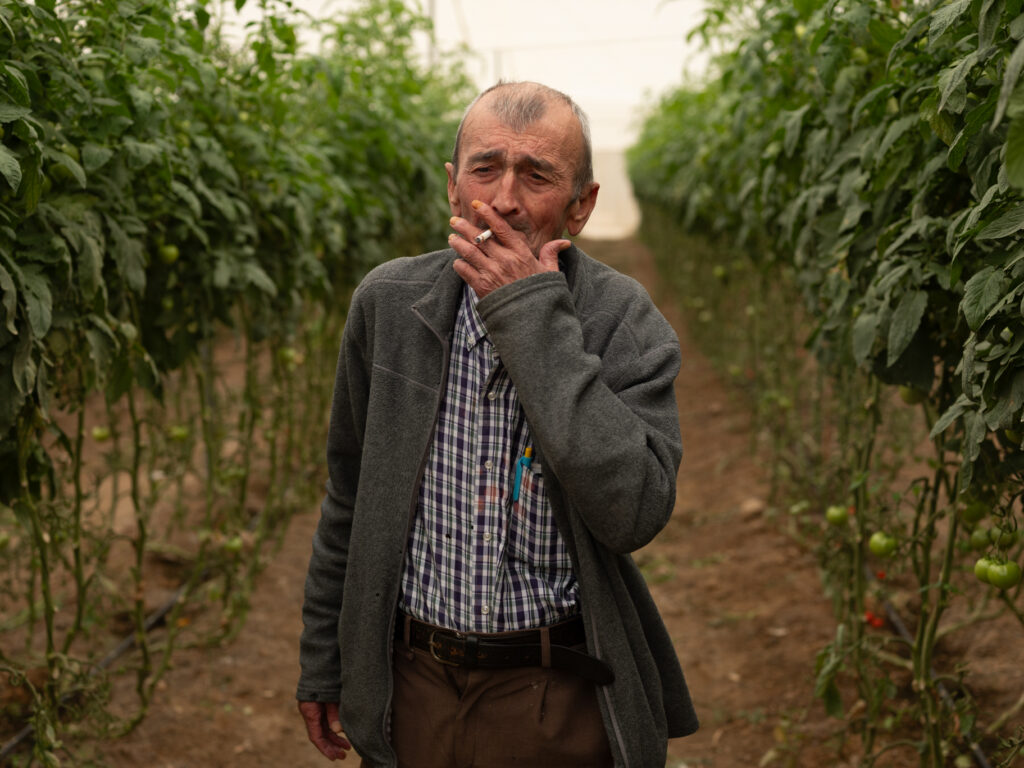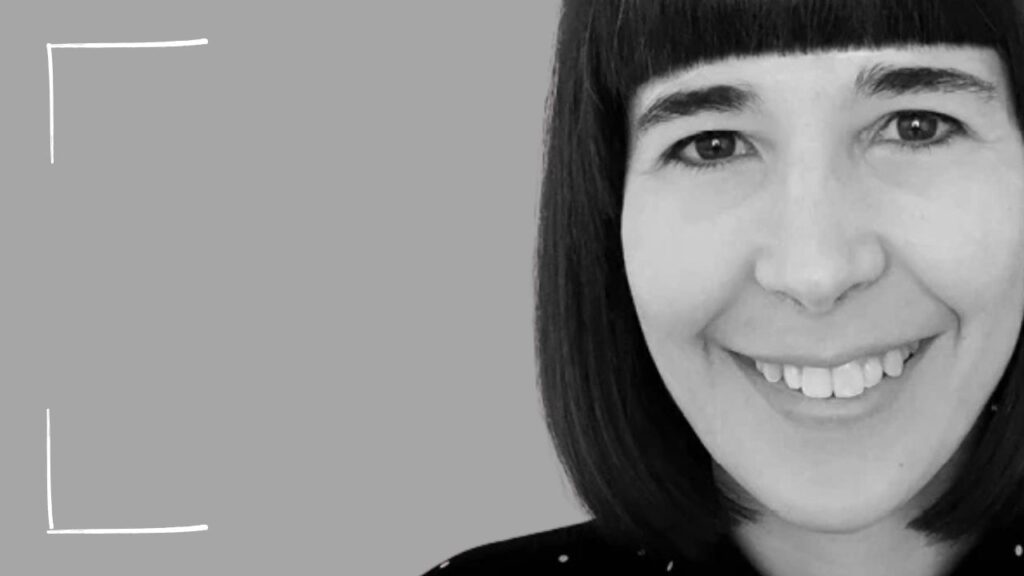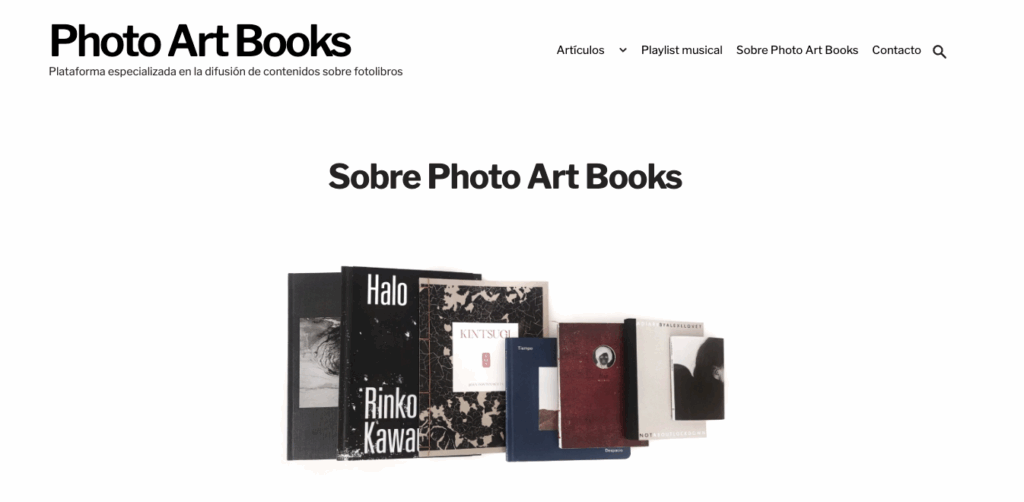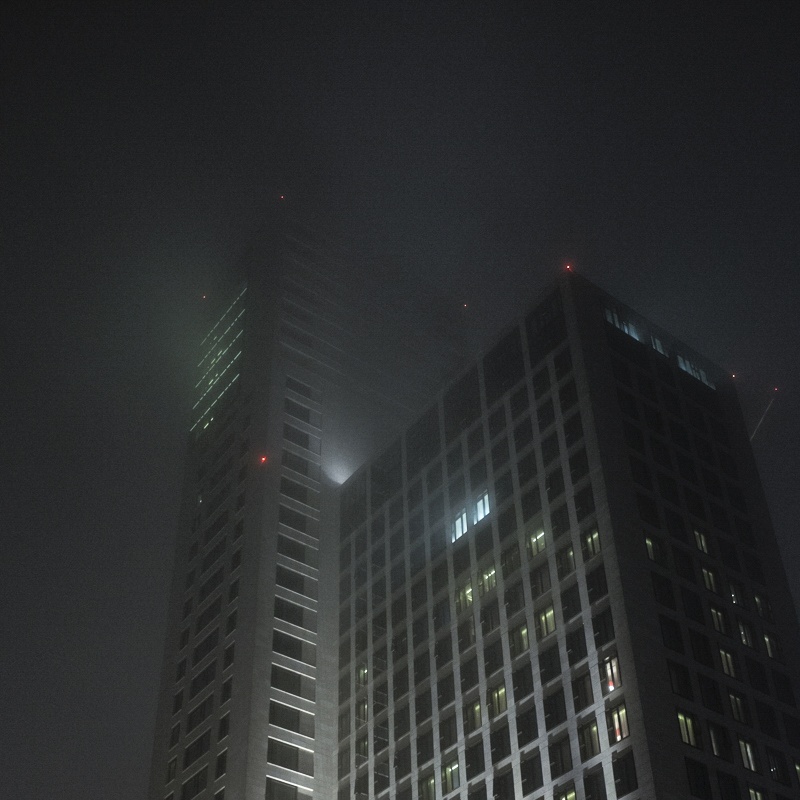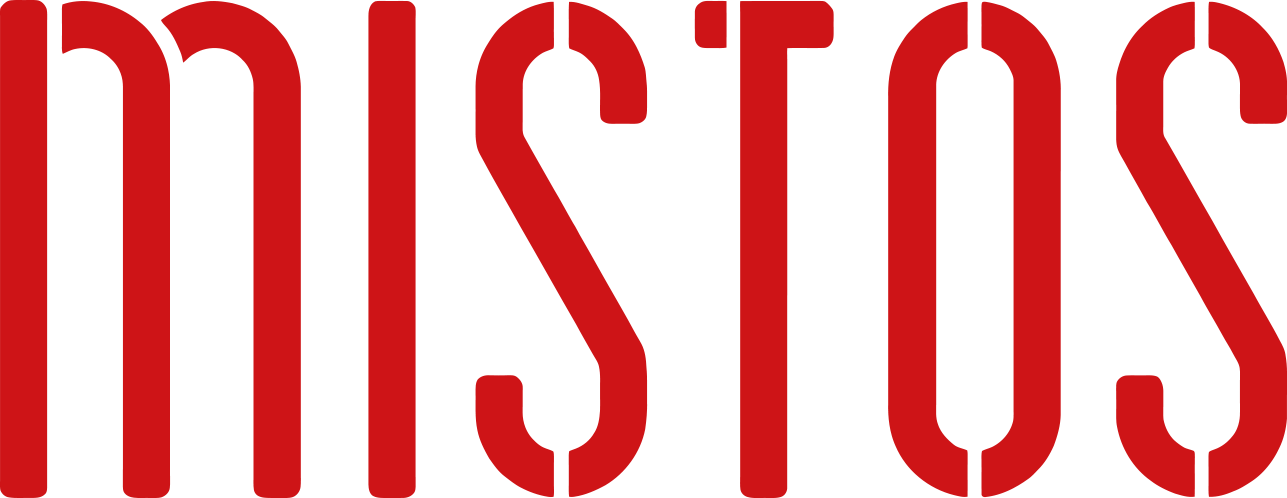La Virreina Centre de la Imatge en el centro de Barcelona nos invita a un nuevo viaje con unas 50 imágenes por el fotógrafo catalán, Jordi Socías. El título de la exposición, Fotografías encontradashace eco de las palabras de Pablo Picasso: «Yo no busco, yo encuentro». Jordi Socías piensa de manera similar en encontrar las imágenes a medida que se le presentan. Toma imágenes al encontrar una posición aventajada donde está ligeramente oscurecida, sin ser notado por sus sujetos en las calles o cafeterías, y en sus retratos también tiene que encontrar el momento perfecto cuando todas las características particulares de una persona se unen en una armonía que representa el sujeto como es.
The Virreina Centre de la Imatge in downtown Barcelona invites us on a new journey with some 50 images by the Catalan photographer, Jordi Socías. The title of the exhibition, Found Photographs echoes Pablo Picasso’s words: “I do not look, I find.” Jordi Socías similarly believes in finding the images as they are presented to him. By finding a vantage point where he is slightly obscured, he takes images without being noticed by his unsuspecting subjects in streets or cafés, and in his portraiture he also has to find the perfect moment when all the particular characteristics of a person come together in a harmony that portrays the subject as they are.
“Yo me dedico a mirar normalmente lo que la gente no ve. Lo que la gente no ve, pero está.” Jordi Socías
“I usually devote myself to looking at that which people don’t see. That which people don’t see but is there [nonetheless].” Jordi Socías
La exposición presenta obras de una carrera que abarca más de cuatro décadas, cuidadosamente escogidas por el propio fotógrafo con ningún tema específico en mente; en cambio, se presenta al público con una colección de imágenes que difieren en su temática y género: retratos que se presentan en medio del reportaje fotográfico, así como escenas «que se encuentran» en las calles o cafeterías de varias ciudades. La exposición se extiende por cuatro habitaciones, comenzando con su autorretrato con un oso de tamaño natural, que fue tomada durante el rodaje de la película Ferróz dirigido por Manuel Gutiérrez Aragón; la exposición a continuación culmina en el retrato icónico de Salvador Dalí. Socías admite tomar el retrato de Dalí era un reto ya que el maestro catalán era un personaje que ya había sido fotografiado ampliamente. Socías realmente pasó cuatro días con el artista, bebiendo champán y alternando con él, antes de que Dalí anunció que era hora de tomar el retrato, un imagen que se ha convertido en quizás la fotografía más conocida de Socías.
The current exhibition features works from a career spanning more than four decades, carefully chosen by the photographer himself with no specific theme in mind; instead, he presents the audience with a collection of images that differ in their subject matter and genre: portraits are presented in the midst of photo reportage as well as “found” scenes on the streets or cafés of various cities. The exhibition spans four rooms, beginning with his self-portrait with a life-size “bear”, which was taken during the shooting of Manuel Gutiérrez Aragón’s film Ferróz; the exhibition then culminating with Salvador DalÍ’s iconic portrait. Socías admits that taking this latter photograph was a challenge since Dalí was a celebrity who had already been photographed extensively. Socías actually spent four day with the artist, drinking champagne and socialising with him, before Dalí suddenly announced that it was time to take the portrait, which is perhaps Socías’ most well-known photograph.

Socías dice en una entrevista con Gonzalo Nuñez “yo no he hecho una foto hasta los 26 o 27 años. Antes me dedicaba a trabajar de otras cosas, pero nunca había hecho una foto. Y es cuando cojo una cámara y de repente uno ve que tiene unas aptitudes que le van saliendo porque de no ser fotógrafo a ser fotógrafo pasó muy poco tiempo. En un año y medio ya vivía de la fotografía hasta hoy.”
In an interview with Gonzalo Nuñez, Socías says, “I didn’t take a photo until the age of 26 or 27. Previously, I worked in other fields and I had never taken a photo. And it was when I picked up a camera and suddenly saw that I had some abilities and because my photos came out well, I became a photographer in very little time. In a year and a half I made a living from photography and I still do.”
En los años 70 comenzó a publicar sus fotografías en las revistas Cambio 16, Nuevo Por Favor y La Calle, cuando trabajó como fotógrafo y diseñador gráfico. También publicó sus imágenes en muchos periódicos catalanes de renombre como La Vanguardia, Mundo Diario, y TeleXpress.
Socías started publishing his photographs in the magazines Cambio 16, Nuevo Por Favor and La Calle in the 70s, when he worked as a photo reporter and graphics designer. He also published his images in many reputable Catalan newspapers such as La Vanguardia, Mundo Diario, and TeleXpress.
En 1979 Socías creó Cover, una agencia de fotografía para popularizar la fotografía de prensa española, que dirigió hasta 1984. Durante este tiempo también viajó mucho, publicando sus fotografías en El País Semanal y Cambio 16.
Socías created the photography agency Cover in 1979to popularize Spanish press photography, which he managed until 1984 During which time, he also travelled extensively, publishing his photographs in El País Semanal and Cambio 16.
A finales de los años 90, Socías comenzó a trabajar para El País Semanal como un editor gráfico y fotógrafo, que continuó hasta el año 2009. Desde 2010 ha estado viajando por el mundo exhibiendo su trabajo en el Instituto Cervantes y galerías en varias ciudades (Praga, Lisboa, nueva York, etc.) y que está dando cursos de fotografía.
In the late 90s, Socías started working for El País Semanal, again as a graphics editor and photographer, which he continues until 2009. Since 2010 he has been travelling the world exhibiting his work in the Cervantes Institute and other galleries in various cities (Prague, Lisbon, New York etc.) and giving photography courses.
“Normalmente intuyo que hay ciertos lugares donde van a ocurrir ciertas cosas que a mí me interesan, y le dedico un tiempo hasta conseguir lo que me propongo. A veces lo consigo y otras no. Espero bastante a veces. También hay fotografías encontradas, es el momento de la observación. Lo que me trabajo es la observación.”
“I usually intuitively know that there are certain places where certain things I am interested in happen, and I dedicate some time to achieving what I had planned. Sometimes I succeed, other times I don’t. I wait for quite a while at times. There are also photos that I find, which is in the moment of observation. What I work on is observation.”
A Socías siempre le gustaba trabajar en la calle, el mismo dice: “La calle es como una puesta en escena, una situación en donde yo me encuentro y recojo cosas que me gustan, que me interesan.”
Socías has always liked working on the streets, he says, “The street is like a stage, a place where I find and collect things that I like, that interest me.”
Socías, un fotógrafo autodidacta, aprendió fotografía examinando las imágenes de grandes maestros de la fotografía como Henri Cartier-Bresson, Richard Avedon, Robert Frank, Man Ray – y muchos otros. Sus trabajos fueron fundamentales en la forma en que la interpretación visual del mundo de Socías se desarrolló en años y décadas. Dice que su educación fotográfica vino de libros de fotografía, que todavía utiliza como inspiración: suele dejar un libro abierto en casa para poder volver a menudo a estas páginas, y para entender mejor y apreciar los mensajes fotográficos. Recientemente la influencia de las presentaciones yuxtapuestas típicas en este tipo de libros de fotografía le han llevado a él también a unir dos imágenes aparentemente no relacionadas para darles nuevos significados.
A self-taught photographer, Socías learned photography by scrutinizing the images of such great masters of photography as Henri Cartier-Bresson, Richard Avedon, Robert Frank, Man Ray – and many others. Their work was instrumental in the way his visual interpretation of the world would develop over the years and decades to come. He says his photographic education came from photobooks, which he still uses for inspiration to this day: he will leave one open in the house so that he sees it and can return to its pages often, the better to understand and appreciate the photographic messages. Ultimately influenced by the juxtaposed presentations typical of such photobooks, he has recently started uniting two seemingly unrelated images to give them new meanings.
El cine fue su primera exposición de cultura visual. De joven, entre 1960 y 1970, organizó proyecciones de películas clásicas y contemporáneas y estas experiencias dejaron su marca en su forma de interpretar el mundo y representarla en forma bidimensional. El trabajo del director de cine italiano Bernardo Bertolucci y el cine Nouvelle vague frances, especialmente las películas de Jean Luc Godard fueron particularmente influyentes en su desarrollo personal. Socías menciona la película El final de la escapada por el director de cine francés en una entrevista para la revista online Ojos Rojos diciendo “Esta película duraba en principio más de tres horas y en el montaje la redujo a una hora y media, y es muy curioso porque el montaje lo construye a base de cortes de planos que introducían un nuevo lenguaje al cine. Esto me influyó mucho y efectivamente soy hijo de la Nouvelle vague. Además cada vez me reafirmo más.”
The cinema was Socías’ first exposure to visual culture. As a young man, between 1960 and 1970, he organized screenings of both classic and contemporary films and his experiences of that time left their mark on his way of interpreting the world and representing it in two-dimensional form. The work of the Italian film director Bernardo Bertolucci and the French New Wave cinema, especially Jean Luc Godard’s films, were particularly influential on his personal development. Socías mentions the film Breathless by the French film director in an interview for the online magazine Ojos Rojos saying “This film originally ran for more than three hours but in the editing it was reduced to one and a half hours, and it is very curious because it was based on ‘jump cuts’, which created a new cinematic language. This influenced me a lot and I’m really a son of the New Wave cinema. And I confirm to it more and more.”
Entre 1980-1984 Socías también contribuyó al mundo del cine, siendo responsable de la fotografía de varias películas: Operación Ogro, de Gillo Pontecorvo (1980), Cinco horas con Mario, de Josefina Molina (1981), Demonios en el Jardín (1982), La Noche más hermosa (1984) y Feroz (1984), de Manuel Gutiérrez Aragón.
Between 1980-1984 Socías also contributed to the world of the cinema, being responsible for the photography of several films: Operación Ogro, by Gillo Pontecorvo (1980), Cinco horas con Mario, by Josefina Molina (1981), Demonios en el Jardín (1982), La Noche más hermosa (1984) and Feroz (1984), by Manuel Gutiérrez Aragón.
La música también ha jugado un papel importante en la vida Socías. De hecho, él quería ser músico, pero después de la compra de una guitarra se dio cuenta de que no era fácil. El amor por la música ha ido con él desde entonces, sin embargo, él se rodea con ella en cada oportunidad para cambiar una experiencia que normalmente sería mundana y automática en algo fuera de lo común: “Una de las cosas que más me gusta cuando voy en coche es cerrar las ventanas y poner música y mirar la carretera. Esa visión me parece siempre especial.”
La música también ha jugado un papel importante en la vida Socías. De hecho, él quería ser músico, pero después de la compra de una guitarra se dio cuenta de que no se encuentre fácil. El amor por la música ha quedado con él desde entonces, sin embargo, y él se rodea con ella en cada oportunidad para cambiar una experiencia que normalmente sería mundana y automática en algo fuera de lo común: “Una de las cosas que más me gusta cuando voy en coche es cerrar las ventanas y poner música y mirar la carretera. Esa visión me parece siempre especial.”
El retrato Socías tomó de Dalí para Cambio 16 quizás le ayudó a convertirse en famoso en España por el retrato. Se sintió atraído por este género de la fotografía, ya que, “Primero porque tenía la posibilidad de estar con gente muy interesante y eso ya me sedujo mucho. Y luego que de alguna manera el rostro humano tiene una capacidad de transmitir que a mí siempre me pareció interesante. Siempre me gusta que la gente salga muy bien ella, que sean como son… Pero se trata de utilizar la psicología, eso forma parte de mi trabajo. Es ver cómo es el personaje y nunca inquietarle en nada”. Jordi Socías
The portrait Socías took of Dalí for Cambio 16, probably helped him become famous in Spain for portraiture. He was drawn to this genre of photography because, “first and foremost, I had the possibility to be with very interesting people, which attracted me a lot. Also the human face has the capacity to transmit things in a way that I have always found interesting. I like people to be come out well – that they should be as they are… But one needs to use psychology, this is part of my job. To see what the person is like without upsetting them.”
Socías aprecia que a la gente que no le suele gustar que les tomen fotos, sino que a menudo lo ven como una obligación: “Es un poco como ir al dentista. Has de saber qué es lo que tienes que hacer. Entonces yo sé que respecto a eso hay una parte del ser fotógrafo y hacer retratos en donde hay un poco de psicología. En el tratamiento yo casi nunca cojo la cámara hasta que ya veo muy claro que la tengo que coger y empezar a fotografiar. Pero casi nunca me voy con cámara a retratar a un personaje.” Jordi Socías
Socías appreciates that people don’t usually like their pictures to be taken, instead they often view it as an obligation: “It’s a bit like going to the dentist. You have to know that this is what you need to do. So I know that with respect … (?) is part of being a photographer and taking portraits, where you need a bit of psychology. During the process, I hardly ever touch the camera until it’s clear to me that that I have to pick it up and start taking photos. But I hardly ever go with camera in hand to take portraits of a celebrity.”
De hecho, con el fin de poner a sus sujetos a gusto, a Socías le gusta llegar a conocerlos y establecer relaciones primero, asegurándoles que la única cosa que se espera de ellos es que sean ellos mismos – y cuando llega el momento oportuno, abre el obturador.
Indeed, in order to put his subjects at ease, Socías likes to get to know them and establish relationships, reassuring them that the only thing expected of them is to be themselves – and when the right moment arrives he opens the shutter.
“En cualquier actividad creativa tienes que tener un don. No se trata sólo de tener el aparato. Una cámara no hace las fotos por sí sola, ni un pincel tampoco. Muchas veces digo: coge un bolígrafo y haz una novela. Mucha gente sabemos escribir pero no hacemos novelas. Como todo en la vida. Y en la fotografía es exactamente igual. Todo el mundo tiene cámaras, pero no todo el mundo es fotógrafo”. Jordi Socías
“There is a need for talent in any creative activity. You don’t just have a camera. The camera doesn’t take the pictures on its own, nor does a pencil [draw]. I often say: take a pen and write a novel. Many people can write, but they don’t write novels. It is similar in all walks of life. Photography is exactly the same. Everybody has a camera, but not everybody is a photographer.” Jordi Socías
“…a todo el que quiera hacerse fotógrafo le animaría muchísimo, porque para mí ha sido y es el mejor oficio del mundo. Yo con este oficio he conseguido dar la vuelta al mundo, conocer a tanta gente como he conocido, y tan interesante y además tener experiencias muy especiales. Para mí, vaya, es lo mejor que me ha pasado en la vida.” Jordi Socías
“…I encourage everyone who would like to become a photographer, because for me it has been the best job in the world. Through this job, I have been able able to travel around the world, meet a lot of very interesting people and had special experiences. This has been the best thing that ever happened to me in life.” Jordi Socías
Finalmente Socías aconseja a todos los que quieren dedicarse a la fotografía como profesión “Que lo haga, que no decaiga. Lo que tienes que saber cuándo empiezas a hacer fotos es que debes de tener claro en tu cabeza lo que quieres fotografiar. La técnica es importante pero sobre todo tiene que haber una actitud, tener mano y visión. Si tienes claro esto, no decaigas, ten siempre ilusión por aprender porque es el mejor oficio del mundo.”
And finally, Socías advises people who are thinking of taking up photography as a profession to “do it and don’t lose heart. What you need to know when taking up photography is that you need to be clear in your head about what you want to photograph. The technique is important but above all there needs to be an attitude, skill and vision. If all this is clear to you, don’t lose heart – be excited at learning, because this is the best job in the world.”
“La fotografía es la capacidad de observación, un lenguaje que se escribe con la luz. La fotografía es la observación por excelencia.” Jordi Socías
“Photography is the ability to observe, it is a language that is written in light. Photography is observation par excellence.” Jordi Socías
